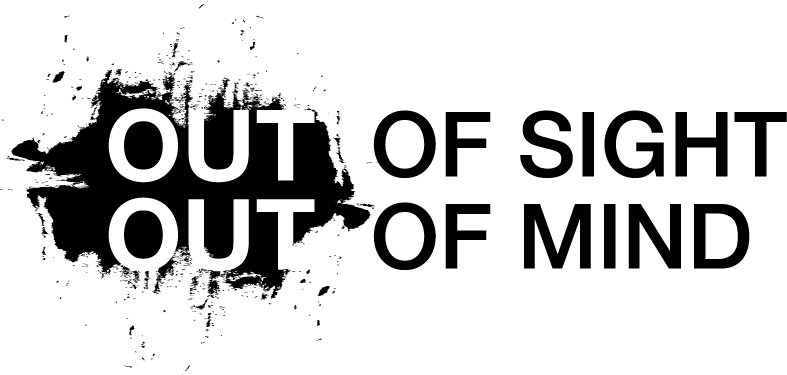Attic Brain
by Catriona Clark
I find it is necessary to utilise the visual arts to represent what often goes ‘unseen’. As an artist living with dissociative disorders, I know the experience of 'invisible illness' first-hand.
For me, this chronic unreality is expressed through perceptive and sensory detachment, the disconnected sense of self and environment.
It is known that information both visual and perceptual orientate us in this reality, so when our reality breaks down so does the information with it. The off angles and abstraction of shapes build my reality where derealisation - a disorder with being out of touch with environmental reality, and depersonalisation - a disorder making it difficult to stay grounded with your own body, are both prevalent.
My work since the age of 15 began to specialise in mental health. This turning point happened one night in 2016. I was the type of person who wrongfully grew up believing that upsetting emotions only linger if you give them rooms to, and therefore should be ignored. I was repeatedly neglecting my emotional wellbeing as a result. This stress built till I experienced an intense anxiety episode where there was such a powerful adrenaline rush that the sensation in my stomach rose with me till I completely left my body. Disorientated, dissociated, and disconnected I hoped if I went to sleep, I would wake up normal once again. But since that day, I did not come back.
I had lost in that moment access to what made me myself, my memories, my imagination, my identity, and my sense of the world around me. Some describe it like waking up each day in a dream, stuck in a blurry fog or being an outsider to even yourself.
Art has been a powerful tool for me. A lot of my art helps me come to terms with my illness as well as my emotions which I can normally be very distant from. Creating art is a form of communication not just to others but also to myself. I have also found that my art can ground me in my symptoms, its great way to reassure me when distressed that what I am experiencing is not the true reality but rather a dissociated version.
Dissociative disorders are often misrepresented, and diverse authentic experiences simply cannot be found in modern media. I therefore had no vocabulary for my illness nor any mental health education that would have let me know what was going on with me at this time. When there weren’t words for what was happening to me I realized my voice in painting.
I now apply my education from Edinburgh University (ECA) in the Arts towards my work and design it to share this underrepresented experience in such a way to bring awareness and tell my personal story. My hope is that others learn what the reality of living with dissociation can mean as well as reminding others they are not alone in this isolating illness.
